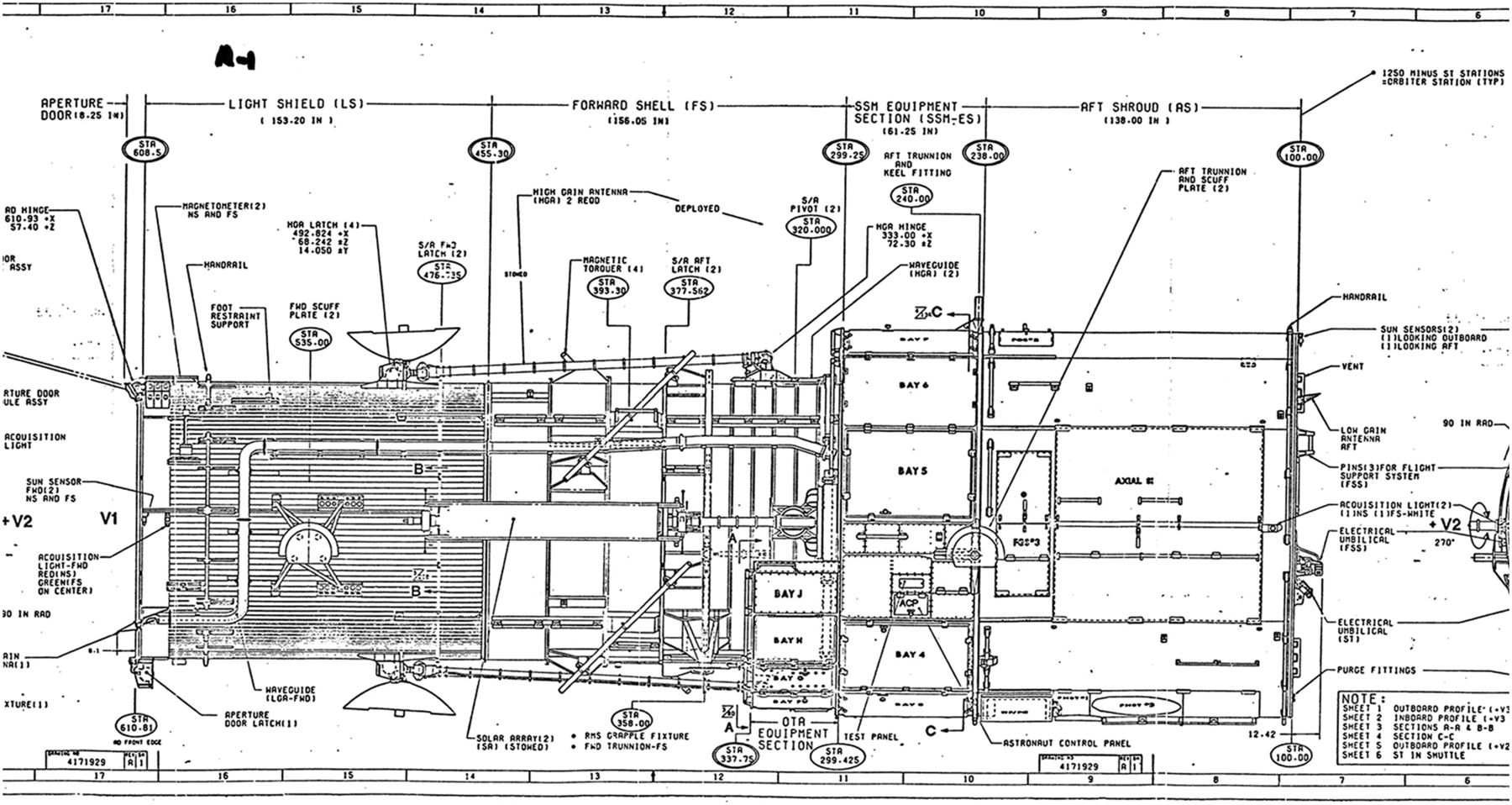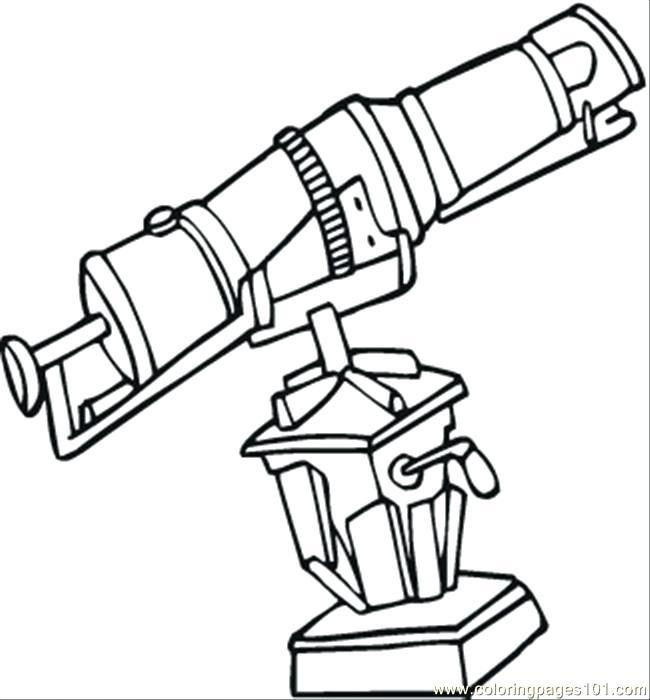
This was designed to study a lot of different things, but galaxies seem to be the hot topic recently. So the big superstar in the telescope world has to be the James Webb Space Telescope. Allen Dressler, astronomer at the Carnegie Institute for Science and Collaborating Scientist on the Jades Project. The show that takes you deep into the cosmos or just to the telescope in your backyard to learn more about what makes this amazing universe of ours, so great. I'm your host, Dean Regas, and this is looking up. Today we're joined by an astronomer whose team caught a glimpse of the early little baby, cute universe using the James Webb Space Telescope from the studios of Cincinnati Public Radio. And we've all heard this idea, right, of the big bang, but what if we could actually see it in action, the beginning of the universe, the earliest. Teeny tiny speck of light and energy that exploded atoms and molecules flung outwards into existence. Okay? Your memories, your hopes and dreams are the culmination of billions of years of expansion from a single point. You really are made completely out of stardust. Please check the corresponding audio before quoting in print.ĭean Regas: You are made of stardust. Looking Up is transcribed using a combination of AI speech recognition and human editors.

New episodes of Looking Up release every other Friday!Īdditional resources referenced in this episode:


The team found that galaxies were born with explosive bursts of star formation, unlike anything seen before. The telescope takes pictures of galaxies with extreme sensitivity to infrared light, allowing astronomers to explore the earliest moments of the universe. Alan Dressler discusses the James Webb Space Telescope and its ability to see galaxies in the throes of birth 13 billion years ago.


 0 kommentar(er)
0 kommentar(er)
